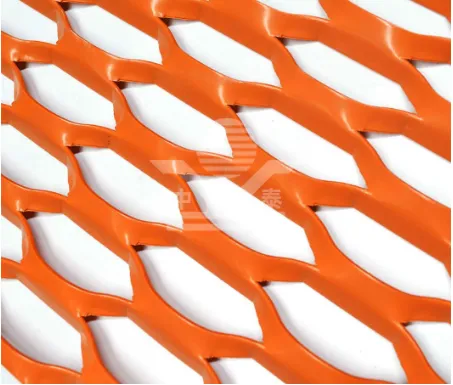Netting for Climbing Vegetables A Guide for Gardeners
Growing climbing vegetables can be a rewarding experience, allowing you to maximize limited garden space while enjoying a bountiful harvest. However, to ensure these plants thrive, netting plays a crucial role in their support and protection. This article will explore the importance of netting for climbing vegetables, the types of netting available, and how to implement it effectively in your garden.
Climbing vegetables, such as peas, beans, cucumbers, and tomatoes, require vertical support as they grow. Without adequate support, these plants can become tangled, leading to increased susceptibility to disease, diminished air circulation, and reduced fruit yield. This is where netting comes into play. By providing a solid structure for climbing vegetables to attach to, gardeners can promote healthy growth and easier harvesting.
There are several types of netting available for gardeners. One popular option is mesh netting, which comes in various materials, including nylon and polyethylene. This type of netting can be stretched between posts or a trellis and allows plants to cling on while providing air circulation and sunlight. Additionally, netting can be found in different mesh sizes, making it suitable for various climbing vegetable varieties.
netting for climbing vegetables

Another option is netting designed specifically for heavy crops, such as tomatoes. These nets are usually more robust and can support the weight of larger vegetables. In contrast, lighter netting is ideal for fragile plants like peas and beans, where a gentle support system can yield spectacular results.
When implementing netting in your garden, timing is critical. Begin installing the netting early in the growth cycle of the plants. This will encourage them to grow upward, creating a more organized garden structure. Position the netting at a height that allows for easy access during harvesting, as bending over can damage delicate plants. Ensure that the netting is securely anchored to withstand the wind and heavy rains, which can occur during the growing season.
In conclusion, netting is an essential tool for successful climbing vegetable gardening. By choosing the right type of netting and installing it properly, gardeners can provide their climbing plants with the support they need to thrive, ultimately leading to a more productive and enjoyable gardening experience. Whether you're a seasoned gardener or a beginner, incorporating netting into your garden will enhance the health and yield of your climbing vegetables. Happy gardening!
-
The Best Metal Mesh Solutions: Expanded Aluminum Metal vs. Expanded Stainless Steel Metal
NewsSep.10,2024
-
Round Perforated Sheets vs. Hexagonal Perforated Sheets vs. Embossed Perforated Sheet Metal
NewsSep.10,2024
-
Perforated Metal Sheets
NewsSep.10,2024
-
Experience The Excellence Of Stainless Steel Grating
NewsSep.10,2024
-
Discover the Versatility Of Metal Mesh Expanded Forming Machines
NewsSep.10,2024
-
Discover The Advantages Of Steel Grating For Sale
NewsSep.10,2024
Subscribe now!
Stay up to date with the latest on Fry Steeland industry news.

